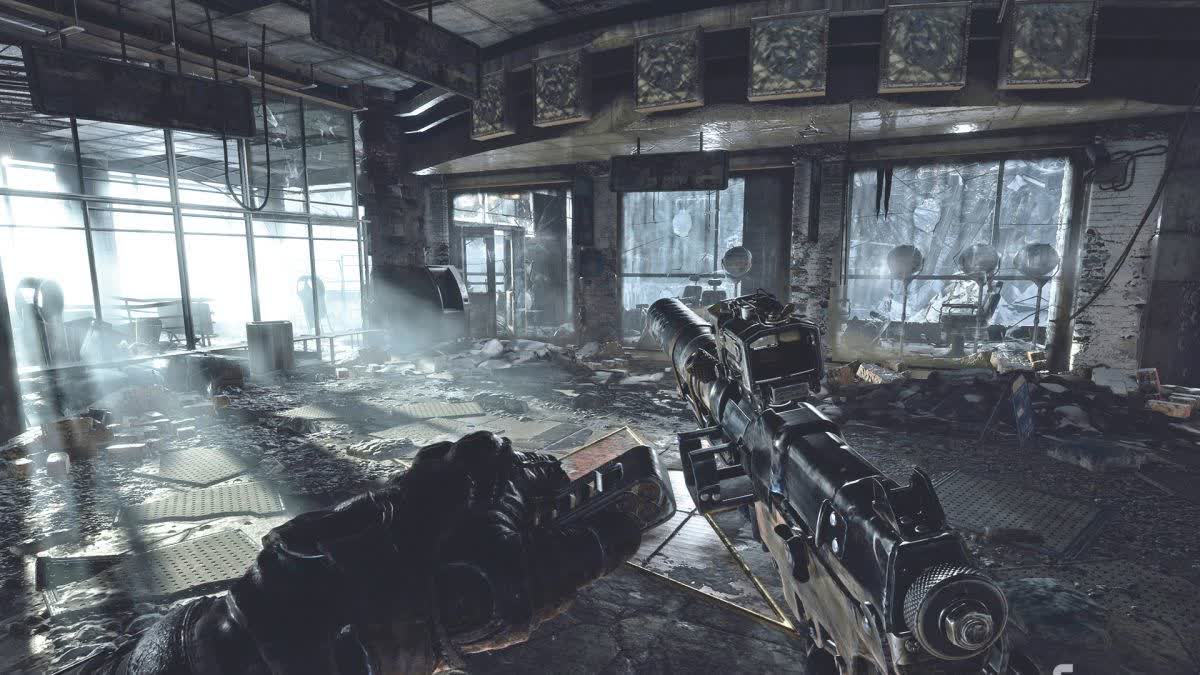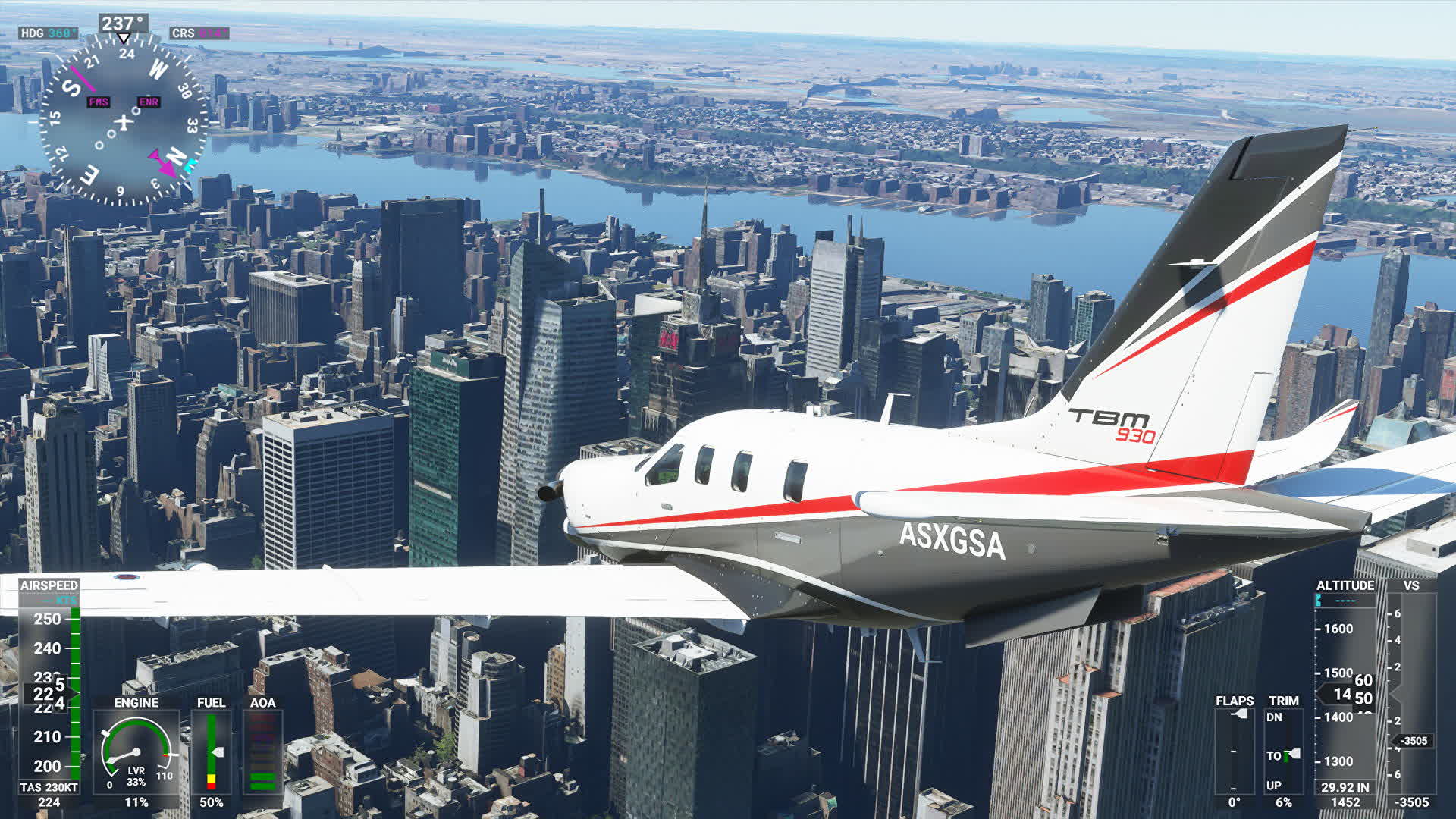In a nutshell: Valve's Steam Deck handheld PC has already been lauded for its ability to handle recent games designed for consoles and desktops like Elden Ring. However, Digital Foundry decided to test the device on some of the most demanding PC games currently available. Results were somewhat impressive, confirming the Steam Deck technically supports ray tracing albeit at a resolution below its display's native 1280 x 800.
The Steam Deck's thermal and wattage limits hold it back compared to consoles like the PlayStation 5 and Xbox Series, but its graphics processor is based on the same RDNA 2 architecture as those ray tracing-capable machines. This week, Digital Foundry decided to see how the Steam Deck handled some of the most intense ray tracing benchmarks in games like Metro Exodus: Enhanced Edition, Control: Ultimate Edition, and Quake 2 RTX.
Tests like this weren't possible before Valve released Windows drivers for the Steam Deck, as the machine's default SteamOS doesn't support RDNA 2's ray tracing.
Installing Windows on a Steam Deck comes with significant drawbacks, at least for now, like the current lack of audio drivers and a battery-saving 30 frames-per-second mode.

However, Windows does enable ray tracing on a Steam Deck. Metro is an advanced showcase of ray tracing and the Steam Deck manages to play it at 30fps and around 504p resolution (896 x 504), with graphics similar to what players see on the Xbox Series S.
Control fared much worse, possibly because the game predates RDNA2, so developer Remedy couldn't optimize its ray tracing around that architecture. Players willing to give up ray tracing will have a much better time playing Control on SteamOS. Quake 2 RTX, which uses far more demanding path tracing, could only get to 60fps at resolutions as low as 216p.

Digital Foundry also tested the Steam Deck on Microsoft Flight Simulator, which is a notorious PC killer despite not employing ray tracing. SteamOS can't play it due to anti-cheat incompatibility, but a Windows-powered Steam Deck mostly manages 30fps at Series S-like settings in 612p.
Unreal Engine 5's Valley of the Ancients demo did prove to be a bridge too far for the Deck's CPU. That's an early sample of the next-generation engine's capabilities however, and thus probably not a great indicator of how Valve's handheld may handle future UE5 games.
These tests show that the Steam Deck might run bleeding-edge graphics capably, depending on compromises in resolution. Dynamic resolution scaling would be a big help, and a future update from Valve could unlock ray tracing in SteamOS. It remains to be seen how long the device will be able to handle the latest blockbuster games.